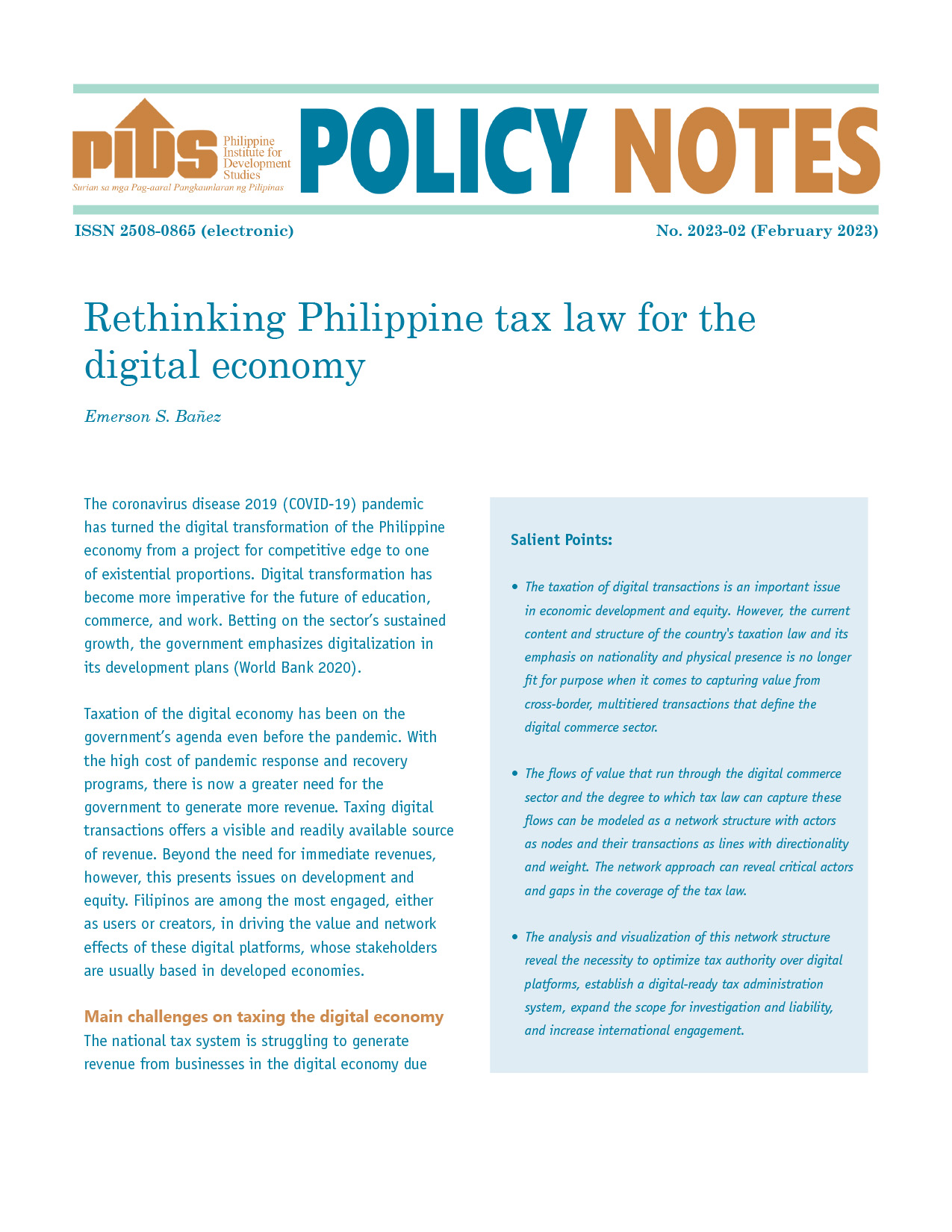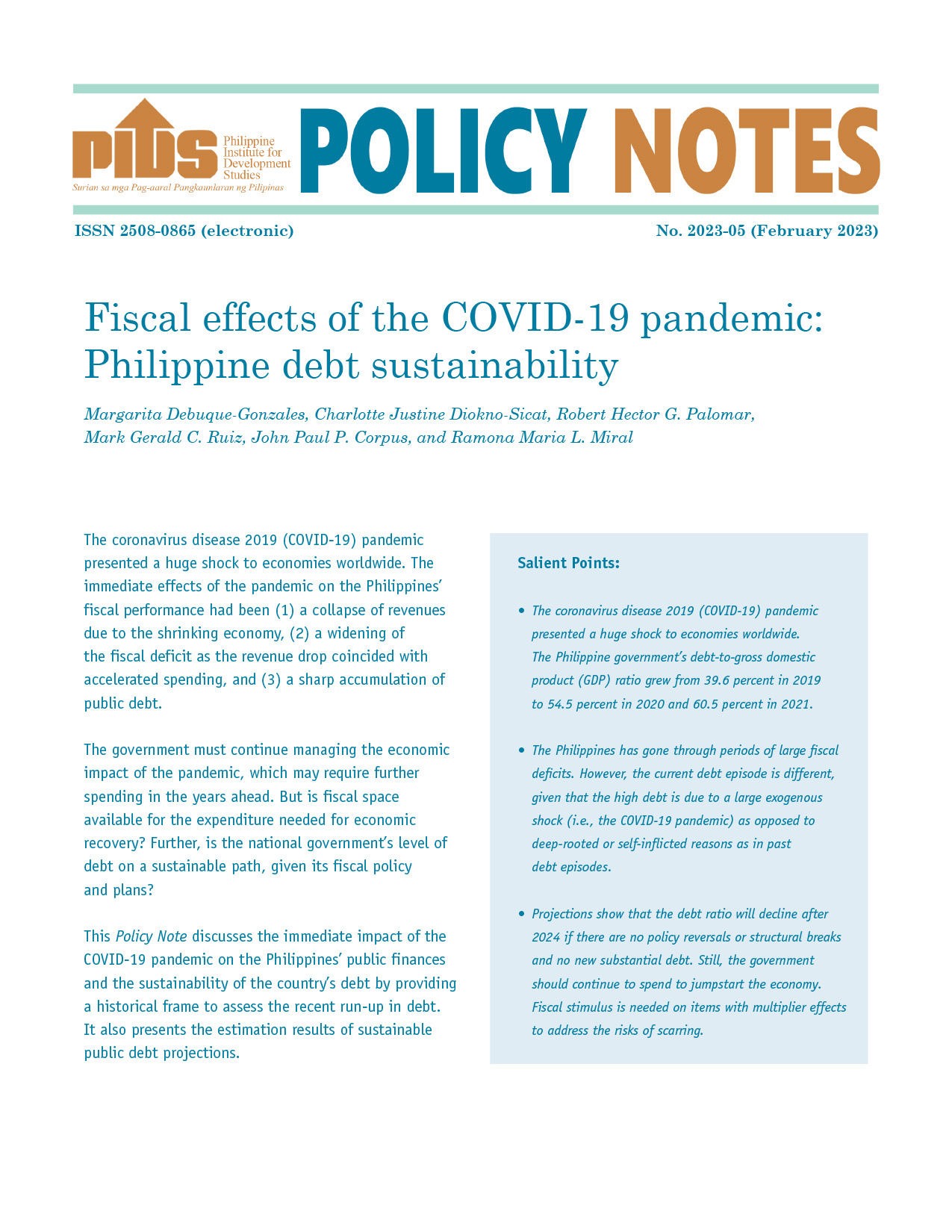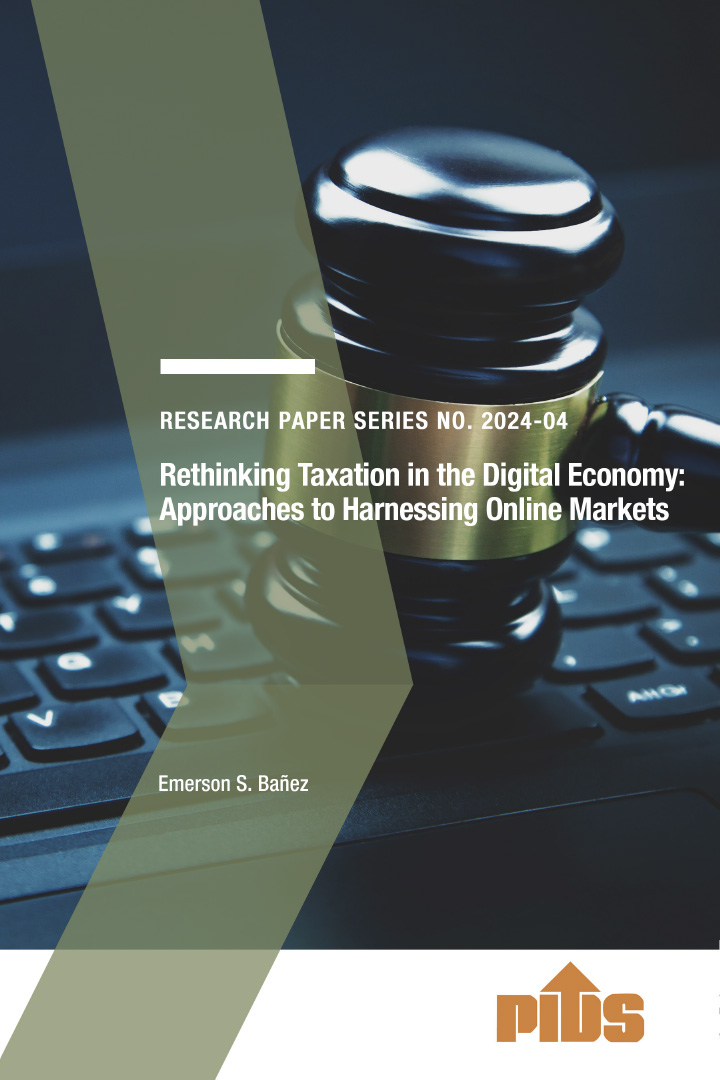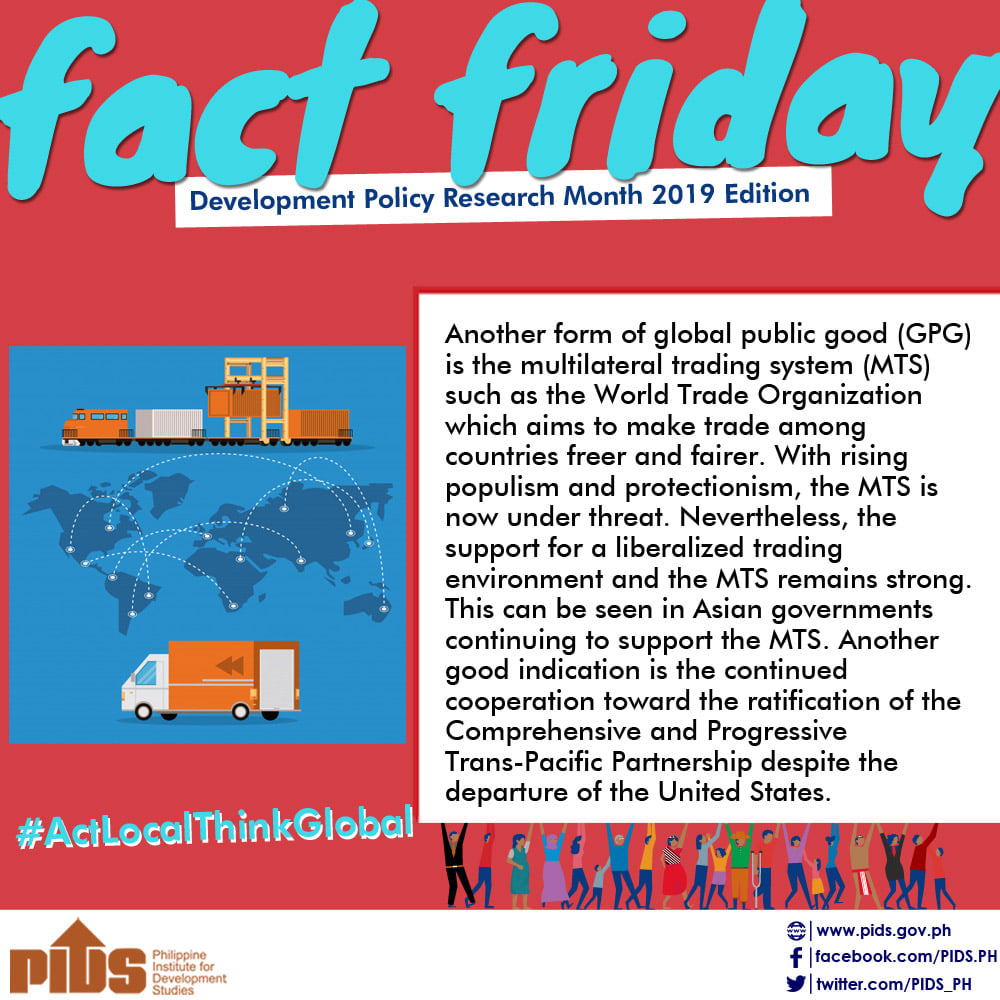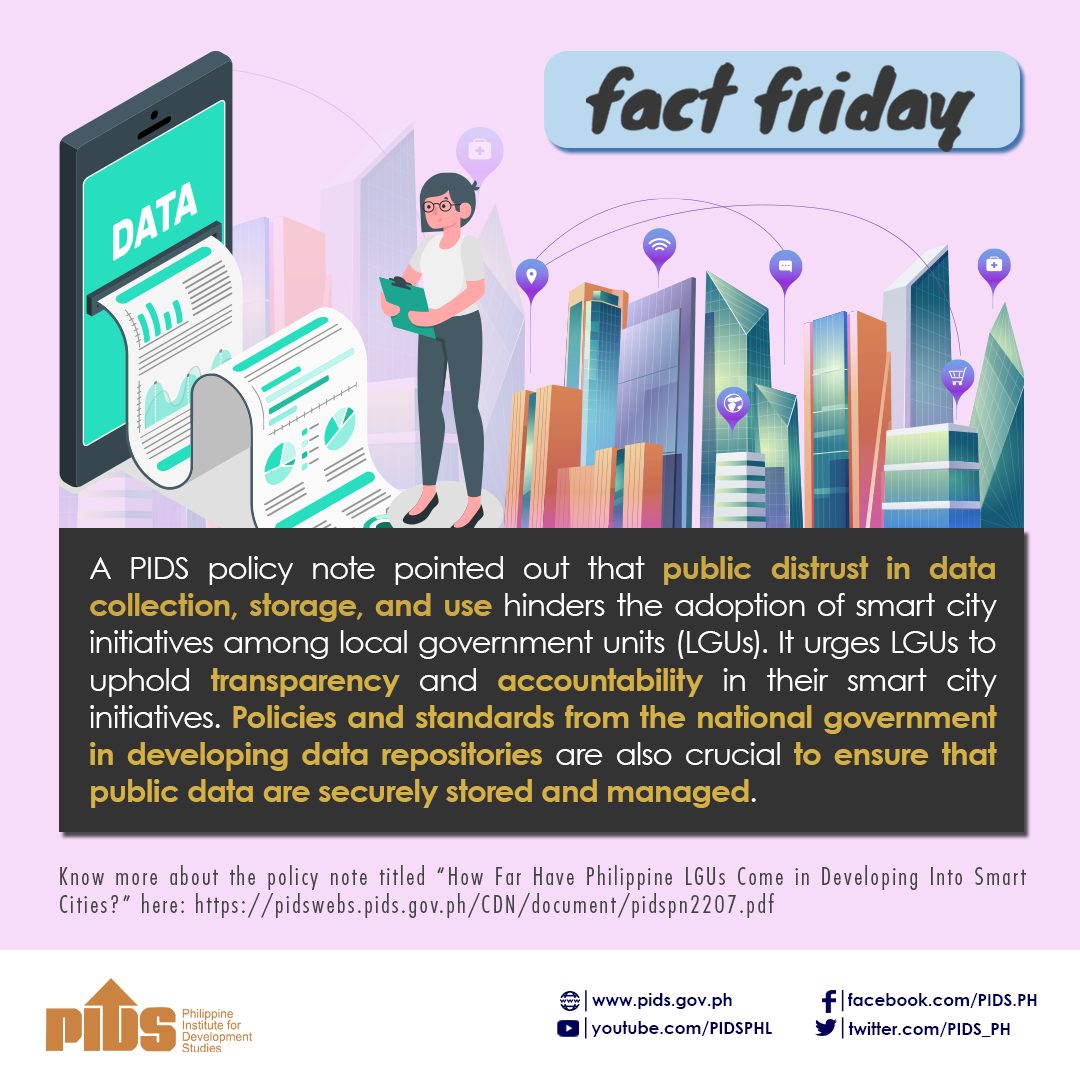THE League of Provinces of the Philippines (LPP) called for a moratorium on the creation of new cities and provinces in order to bolster the financial viability of local government units (LGUs).
Speaking at a recent webinar organized by the Philippine Institute for Development Studies and the House of Representatives Congressional Policy and Budget Research Department, LPP Executive Director Sandra Tablan-Paredes said the creation of new cities and provinces results in a smaller slice of the pie for all LGUs, many of which are dependent on the internal revenue allotment (IRA), their share of revenue generated by the National Government.
(We) asked for a moratorium on the creation (of new provinces and cities) because it impacts the fiscal viability of existing LGUs, she said.
Ms. Tablan-Paredes, on behalf of the LPP, which is also known as the Liga, also sought a higher bar for promoting municipalities to cities and for municipalities to rise through the six classes based on income generated.
The IRA is a percentage of the National Governments revenue from three years prior that LGUs are entitled to as an automatic appropriation. The latest IRA distribution, P522.25 billion from the governments 2018 revenue, was P121.59 billion shared by 82 provinces, P119.77 billion shared by 145 cities, P178.13 billion shared by 1,478 municipalities, and P103.25 billion shared by 41,902 barangays, according to the Department of Budget and Management.
The Philippines has the second-highest number of subnational governments in the Asia-Pacific, with 43,703 units, second only to India, with 250,706 units, Congressional Policy and Budget Research Department Deputy Secretary-General Romulo Emmanuel Miral, Jr. said at the webinar.
The Bureau of Local Government and Finance Department Order No. 031.2018, governs the conversion, merger, and abolition of LGUs. The criteria are mainly based on income they generate internally, without accounting for the IRA.
The Supreme Courts Mandanas ruling struck down the National Governments previous interpretation of the Local Government Code, which had held that the IRA should be sourced from internal revenue collections effectively, taxes generated by the Bureau of Internal Revenue (BIR). Instead, the court ruled that the IRA must also include non-BIR collections, such as the revenue generated by the Bureau of Customs.
The increased pot to be shared by LGUs has raised concerns of a rush to be promoted to city or province status, as a means of gaming the IRA allocation process.
In turn, the National Government has responded to the enlargement of the IRA pot by devolving more frontline functions to LGUs starting this year, adding to the potential responsibilities of local governments to go along with the increased IRA.
Ms. Tablan-Paredes estimated that even with enlarged IRAs, LGUs will have between 13 and 23% left over for their own priority projects after funding their mandated functions.
Ms. Tablan-Paredes said she prefers combining LGUs in order to minimize the fragmentation of local governments, create efficiencies for tax collection, and improve economies of scale to minimize administrative and compliance costs.
However, she pointed out the political realities and lack of political will is expected to serve as an obstacle for such consolidation.
If LGUs are not fiscally viable to deliver basic services, it defeats the very purpose of being an LGU, Ms. Tablan-Paredes added.

